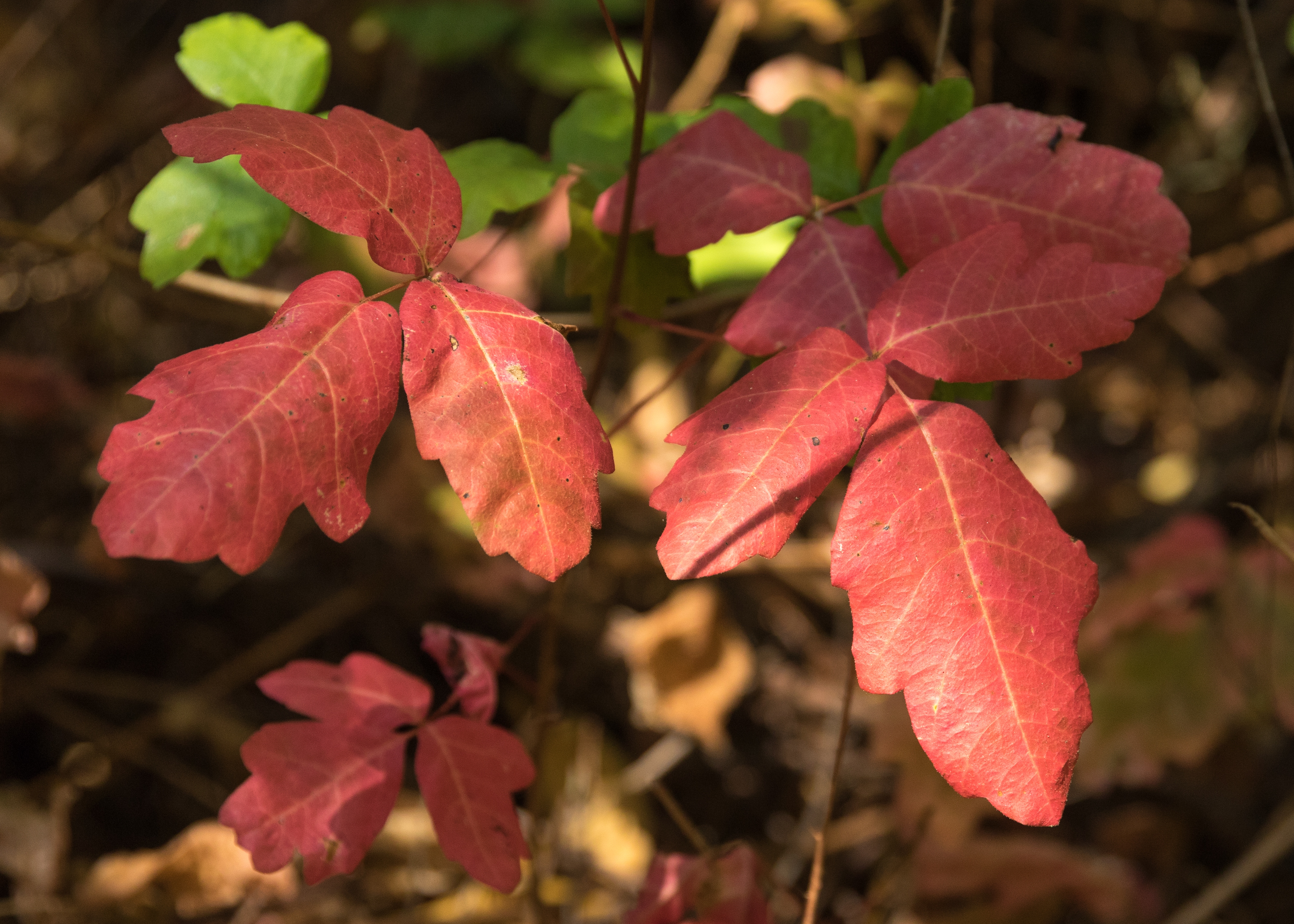|
Poison Oak '' or Atlantic poison oak, found in the southeastern United States
{{plant common name ...
Poison oak refers to two plant species in the genus ''Toxicodendron,'' both of which can cause skin irritation: *''Toxicodendron diversilobum'' or Western poison oak, found in western North America *''Toxicodendron pubescens ''Toxicodendron pubescens'' (syn. ''Rhus pubescens''), commonly known as Atlantic poison oak, is an upright shrub that can grow to 1 metre (3 feet) tall. Its leaves are 15 centimetres (6 inches) long, alternate, with three le ... [...More Info...] [...Related Items...] OR: [Wikipedia] [Google] [Baidu] |
Toxicodendron
''Toxicodendron'' is a genus of flowering plants in the sumac family, Anacardiaceae. It contains trees, shrubs and woody vines, including poison ivy, poison oak, and the lacquer tree. All members of the genus produce the skin-irritating oil urushiol, which can cause a severe allergic reaction. The generic name is derived from the Greek words τοξικός (''toxikos''), meaning "poison," and δένδρον (''dendron''), meaning "tree". The best known members of the genus in North America are poison ivy ''(T. radicans)'', practically ubiquitous throughout most of eastern North America, and western poison oak ('' T. diversilobum''), similarly ubiquitous throughout much of the western part of the continent. The genus is a member of the ''Rhus complex'', and has at various times been categorized as being either its own genus or a sub-genus of ''Rhus.'' There is evidence which points to keeping ''Toxicodendron'' as a separate monophyletic genus, but researchers have stated that t ... [...More Info...] [...Related Items...] OR: [Wikipedia] [Google] [Baidu] |
Toxicodendron Diversilobum
''Toxicodendron diversilobum'' (syn. ''Rhus diversiloba''), commonly named Pacific poison oak or western poison oak, is a woody vine or shrub in the sumac family, Anacardiaceae. It is widely distributed in western North America, inhabiting conifer and mixed broadleaf forests, woodlands, grasslands, and chaparral biomes.C. Michael Hogan (2008)"Western poison-oak: ''Toxicodendron diversilobum''", GlobalTwitcher, ed. Nicklas Strömberg Peak flowering occurs in May. Like other members of the genus ''Toxicodendron'', ''T. diversilobum'' causes itching and allergic rashes in most people after contact by touch or smoke inhalation. Despite its name, it is not closely related to oaks. Description ''Toxicodendron diversilobum'' is extremely variable in growth habit and leaf appearance. It grows as a dense tall shrub in open sunlight, a treelike vine and may be more than long with an trunk, as dense thickets in shaded areas, or any form in between. It reproduces by spreading rhiz ... [...More Info...] [...Related Items...] OR: [Wikipedia] [Google] [Baidu] |
